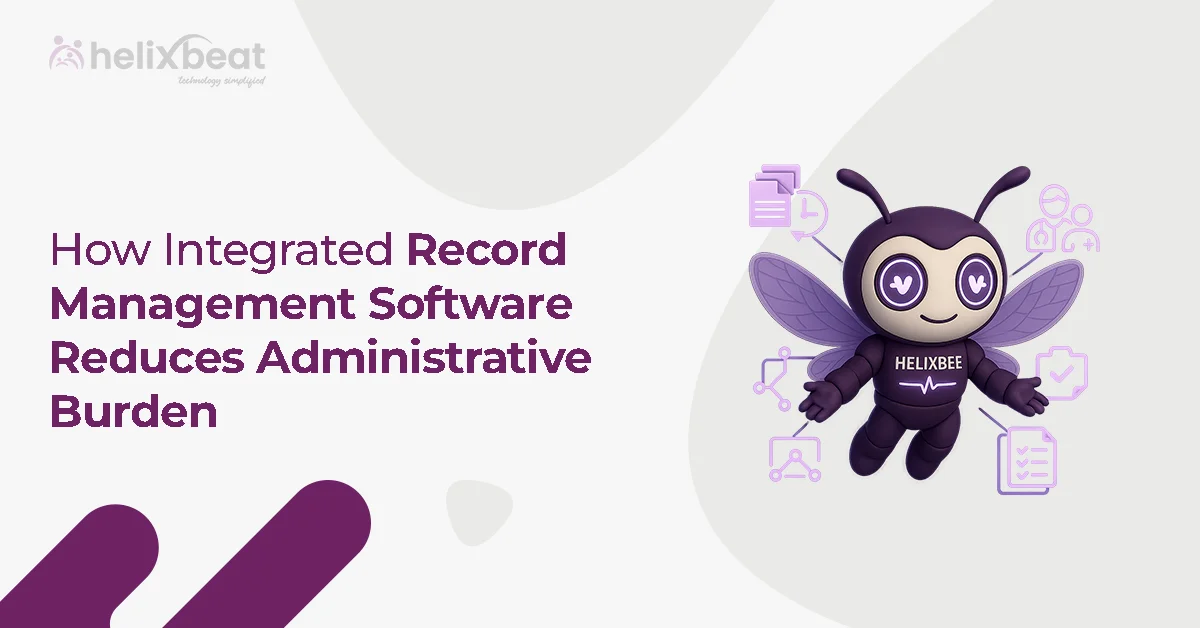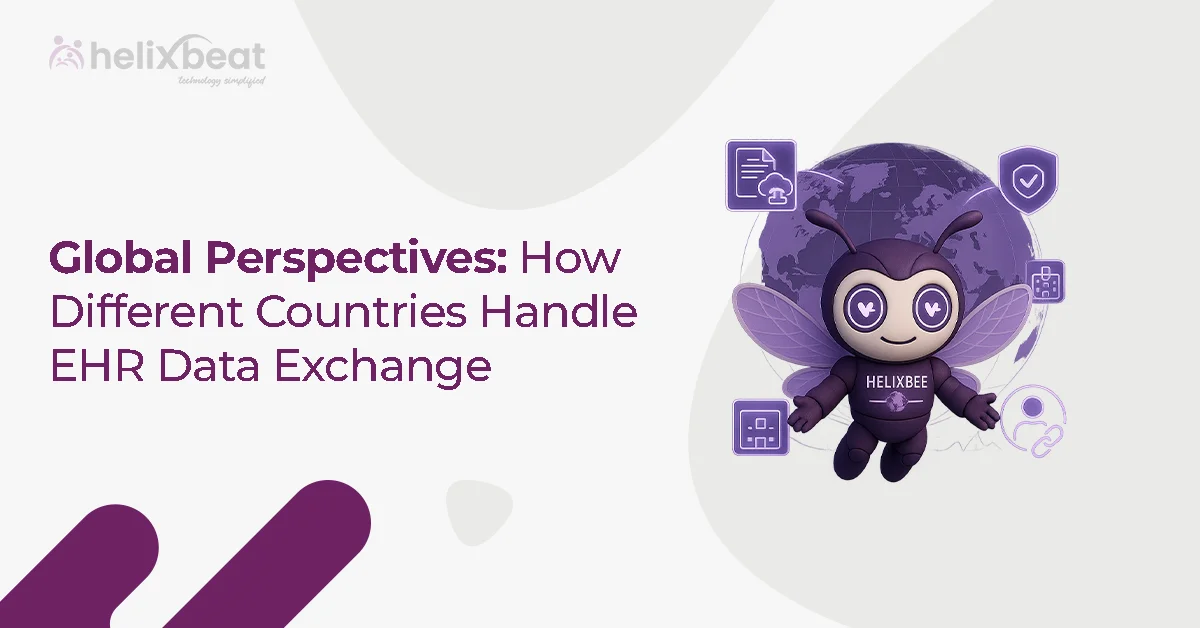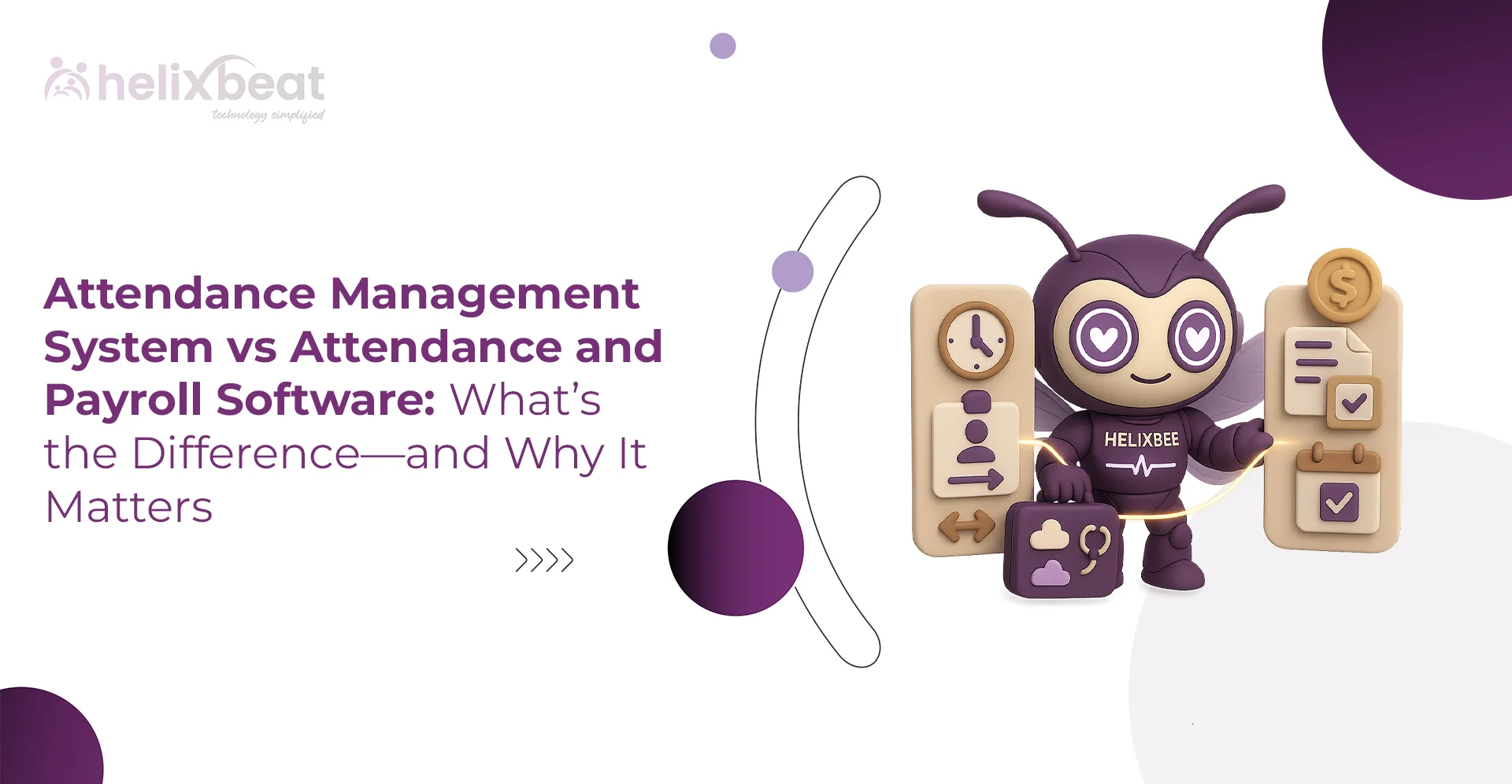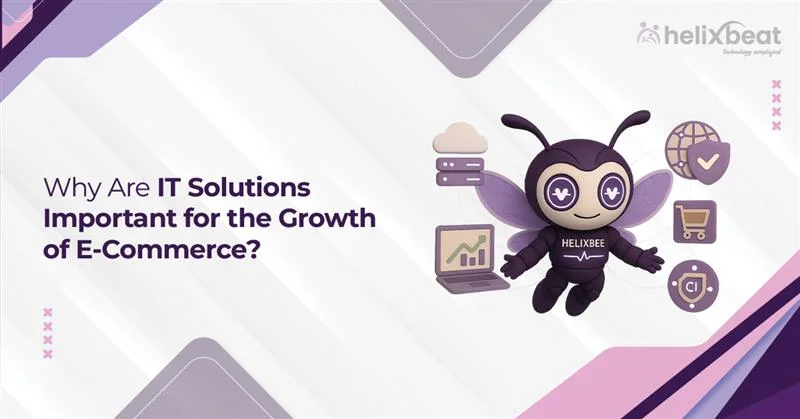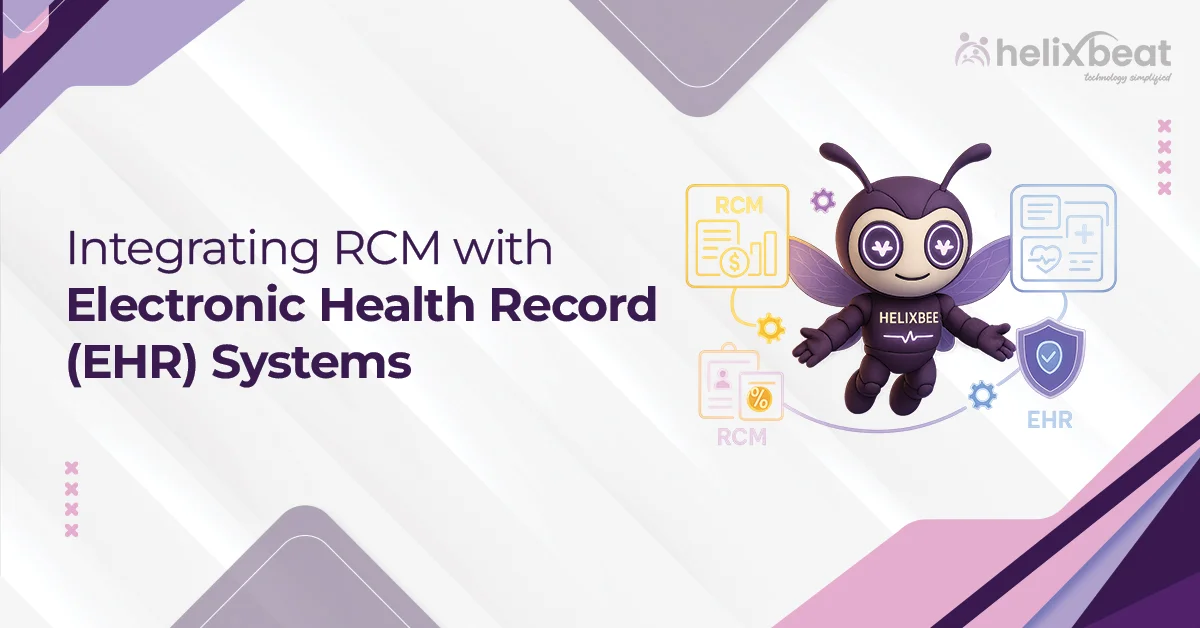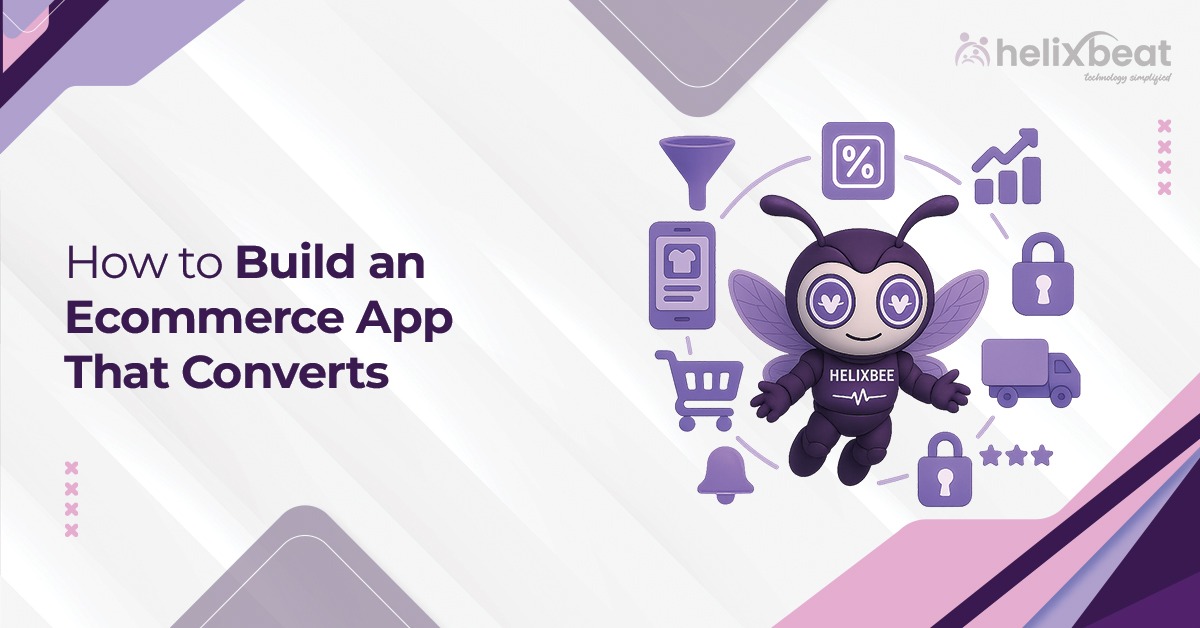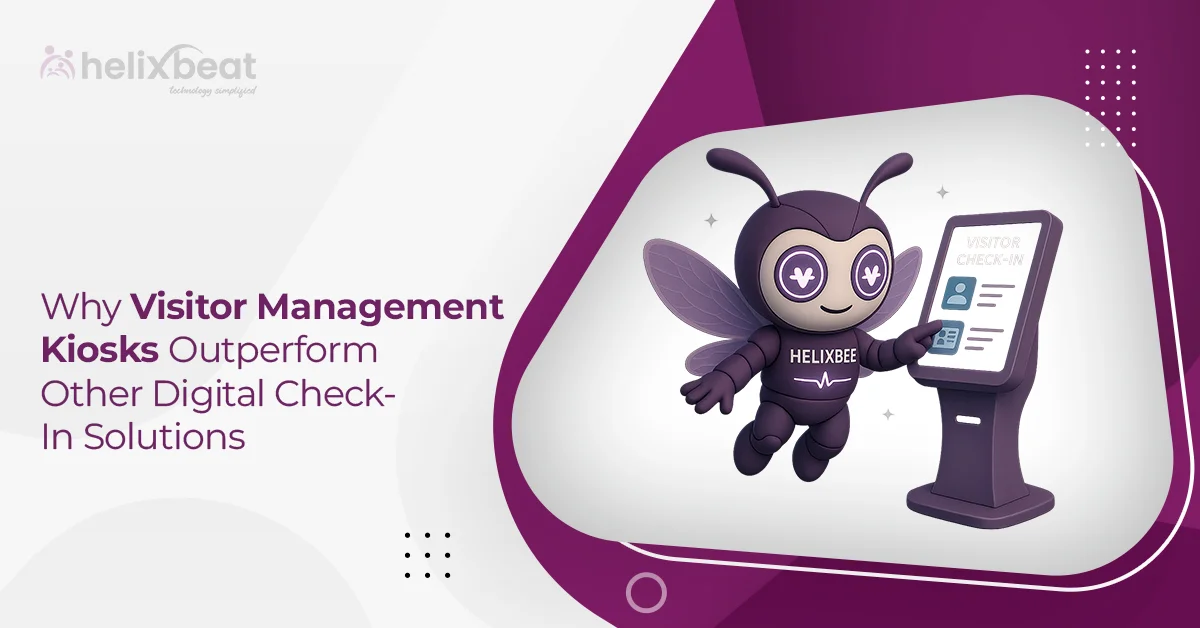The healthcare industry has always faced challenges in data exchange. For decades, Health Level 7 (HL7) has been the industry standard for electronic health information exchange. However, as the healthcare ecosystem grows more complex and the demand for real-time, accurate data increases, the need for more flexible, interoperable systems has become undeniable. This is where FHIR (Fast Healthcare Interoperability Resources) comes in, offering a future where healthcare data is more easily shared, accessed, and used.
In this blog, we will explore the journey of HL7 from its legacy systems to FHIR-enabled platforms, analyzing the transition, the challenges, and the promising benefits of FHIR in modern healthcare.

Table of Contents
Understanding HL7 and Its Role in Healthcare
Health Level 7 (HL7) has been a cornerstone of healthcare interoperability for over 30 years. The HL7 standard primarily focuses on facilitating the exchange of clinical and administrative data between various healthcare systems. This framework helps different systems talk to each other, like electronic health records, lab systems, and pharmacy systems, even if they’re built with different software or architectures.
HL7 has supported the healthcare industry with standards for messaging and data exchange, including its popular v2.x messaging standard. However, HL7 v2 has limitations, especially when it comes to adapting to the demands of modern healthcare, such as faster data exchange, web-based communication, and real-time access.
The Need for FHIR-Enabled Platforms
As healthcare organizations need faster, smarter ways to communicate, the older HL7 systems just can’t keep up anymore. Here are some key reasons why the industry is moving towards FHIR-enabled platforms:
1. Complexity and Limitations of HL7 v2.x
While HL7 v2.x has served the healthcare industry well, it was created in an era when data exchange was primarily focused on batch processing and was not designed for modern, web-based, real-time communication. Because the format is so complicated, developers find it difficult to work with. This often results in errors when trying to read and interpret the messages. As healthcare shifts towards more real-time, integrated systems, HL7 v2.x no longer fully meets the industry’s needs.
2. Need for Greater Interoperability
Healthcare has long been plagued by “information silos”—systems that operate independently without the ability to communicate effectively with one another. As healthcare organizations seek more comprehensive solutions, the need for interoperability has never been greater. FHIR (Fast Healthcare Interoperability Resources) is designed to make healthcare data more easily accessible, enabling systems to share data in real-time without complex integrations.
FHIR takes advantage of modern web technologies, making it more developer-friendly and adaptable to current needs in the healthcare ecosystem.
3. Rise of Patient-Centered Care
Modern healthcare is increasingly focused on patient-centered care, which means that healthcare professionals must have access to comprehensive, up-to-date information from across different systems. The FHIR standard real-time data exchange makes it possible for providers to access patient data across multiple systems quickly, without navigating through outdated HL7 v2 messages or static interfaces. This capability is critical as the industry moves towards value-based care, where timely access to patient data influences clinical decisions.
Key Differences Between HL7 and FHIR
While both HL7 and FHIR aim to achieve interoperability, they differ in their approach and design.
1. Data Structure and Format
One of the key differences between HL7 and FHIR is the data structure. HL7 v2.x uses a complex hierarchical message format that is often difficult for developers to parse and manipulate. FHIR, on the other hand, uses simple RESTful APIs and JSON/XML formats, which are much easier for developers to implement and maintain. This simplicity makes FHIR more agile and scalable.
2. Real-Time Data Exchange
HL7 v2.x was designed for batch-oriented data exchange, where data would be transmitted in bulk at scheduled intervals. However, FHIR was built with real-time, web-based communication in mind. By leveraging modern web technologies like RESTful APIs, FHIR enables instantaneous access to data, allowing for real-time decision-making and improving the overall efficiency of healthcare processes.
3. Extensibility and Flexibility
FHIR was designed to be highly extensible, allowing developers to easily customize the standard to meet the specific needs of different healthcare systems. While HL7 v2.x has limited flexibility and requires substantial customization to meet unique use cases, FHIR allows organizations to adapt and scale as needed, facilitating smoother transitions to new technologies and systems.
The Benefits of Transitioning to FHIR
As healthcare systems continue to evolve, the move from legacy HL7 systems to FHIR-enabled platforms offers several advantages:
1. Improved Interoperability
What really makes FHIR stand out is how well it helps various healthcare systems share information. Unlike HL7 v2.x, which was designed for tightly coupled systems, FHIR facilitates seamless communication between various healthcare platforms. As a result, organizations can now share patient data across electronic health records, lab systems, and even external applications, enabling better collaboration between providers.
2. Reduced Costs and Development Time
FHIR is designed with simplicity in mind, enabling developers to build systems and integrate them more efficiently. The simple, API-based architecture of FHIR helps organizations build things faster and at lower cost. With a simpler integration process, you can expect fewer errors, quicker deployments, and a drop in overall IT maintenance costs.
3. Better Patient Outcomes
The transition to FHIR-enabled platforms means healthcare providers can access the most up-to-date patient information, regardless of where it resides in the system. This real-time access to patient data is necessary for improving decision-making, reducing medical errors, and providing more personalized care, ultimately leading to better patient outcomes.
4. Supporting the Rise of Mobile Health Apps
As mobile health apps and wearable devices continue to gain popularity, the need for seamless data exchange between these devices and healthcare systems has grown. FHIR supports this by offering a mobile-friendly architecture, making it easier for healthcare providers and patients to share and access health data via smartphones and other devices.
5. Regulatory Compliance
FHIR-enabled platforms are more adaptable to regulatory changes. For instance, healthcare regulations like HIPAA require stringent data privacy measures. The modern architecture of FHIR makes it easier to implement privacy protections and audit trails, so that healthcare organizations remain compliant with regulatory requirements while providing secure, efficient care.
FUSION: Supercharge Your Healthcare Solutions with FHIR APIs
Built with RESTful APIs, FUSION is a FHIR server created to deliver easier, faster, and more accurate data exchange.
FUSION stores patient data in FHIR format, which is the global standard for healthcare data. This enables different apps, hospitals, and systems to communicate with each other and share critical health information in real-time.
What sets FUSION apart is that it also stores medical coding systems like SNOMED CT, LOINC, and ICD. This keeps all data consistent, accurate, and ready for clinical use, reporting, and analytics.
Key features of FUSION include
- FHIR-native architecture
- Plug-and-play APIs for rapid deployment
- Real-time data sharing across multiple endpoints
- Strong security controls that meet compliance standards
- Support for both structured and unstructured data
Whether a hospital wants to exchange records with external labs or enable app-based clinical tools, FUSION acts as the smart bridge, without needing to replace existing infrastructure.
Final Thoughts
As the industry moves from legacy systems to FHIR-enabled platforms, healthcare will experience a profound shift in how data is exchanged and utilized. In the years ahead, FHIR will play a critical role in shaping the future of healthcare data exchange, offering a bridge between the old and new, enabling more effective collaboration, and ultimately leading to better care for patients worldwide.
Get in touch with Helixbeat today to learn more about how FUSION can drive your digital transformation and improve healthcare interoperability.
FAQs
1. How does FHIR differ from traditional HL7 systems?
FHIR (Fast Healthcare Interoperability Resources) is a modern standard designed to be more flexible, easier to implement, and adaptable to modern web technologies, unlike HL7 v2.x, which is more complex and batch-oriented.
2. What are the key benefits of transitioning to FHIR-enabled platforms?
The main benefits include improved interoperability, real-time data exchange, reduced development costs, better patient outcomes, and enhanced flexibility in handling diverse healthcare data.
3. Can FHIR improve patient outcomes?
Yes, by enabling faster and more accurate data access, FHIR supports better decision-making, reduces medical errors, and helps provide more personalized care, leading to improved patient outcomes.
4. Is FHIR compatible with existing HL7 systems?
FHIR can be integrated with existing HL7 systems, providing a pathway for organizations to transition from legacy systems without needing to overhaul their infrastructure completely.





